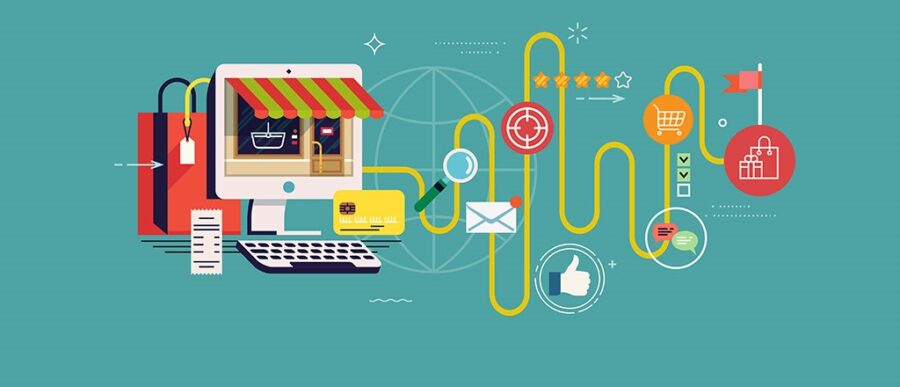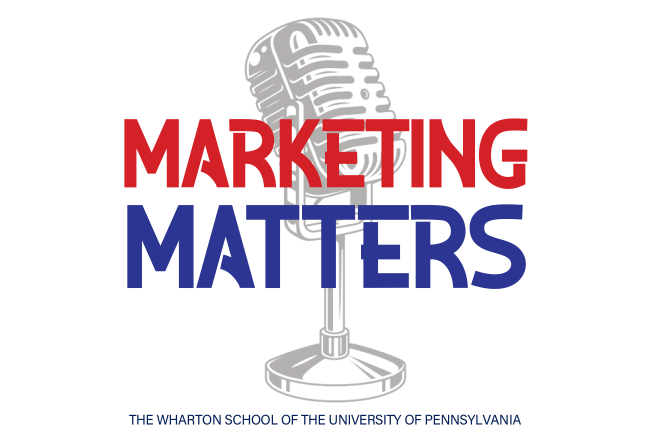Ryan Bonnici, chief marketing officer for G2 Crowd, argues in this opinion piece that enterprises benefit from redefining the customer journey to target prospects at an earlier stage.
When does a customer’s “journey” toward eventually buying a product or service begin? Traditionally, many businesses have defined it as starting with the awareness stage. And traditionally, that has made sense. After all, it’s only when people knew they needed something that they would start exploring — by going to a store, calling, or visiting a website. That’s how businesses learned about them, and could get to work winning them over.
But in this era, it’s time to rethink the big picture. By focusing on what buyers, and potential buyers, do the vast majority of the time, an organization can vastly expand its reach.
When I was brought in to be CMO at my new company, G2 Crowd, I saw quickly how big a problem this was. Traffic was flat. The business wasn’t gaining new audiences. It was trying to attract customers through content marketing. But as Knowledge at Wharton and NTT DATA have noted previously, “Brands have largely failed at content marketing.”
So I delved into this important question about the prospects we wanted to reach: What do they do all day? Buyer personas can help provide great insight into what your typical buyers are like. But it’s important to take that process another step forward to determine what their work lives are like.
In this case, since my employer is B2B (business-to-business), our prospects are people who work for businesses. They only spend about 0.1% of their work lives actually buying things. Even searching for specific things they know they need is only a small fraction of their time.
Content, Ideas, Advice
Instead, they spend their time interacting with their own customers at each stage of the funnel; looking to discover and reach prospects; learning tricks of the trade on how to sell more and work more quickly, and learning how to use tools such as social media to improve their success rates.
I wondered what would happen if our site offered a steady stream of content, ideas and advice that speaks to all these tasks. Even if they’re not currently looking to buy anything, the content could build a relationship. It brings the person into your ecosystem. They develop an understanding that your business has real expertise, and that they can trust you (and it helps grow your email database to boot).
So I launched a “Learning Hub” offering a broad range of topics, from how to self-publish a book to the best free email account solutions to “How to Screenshot on a Mac — 5 Easy Ways.”
It worked. Traffic quickly spiked by 20% to 30% a month. And sales increased.
Of course, the sales spike is not equivalent to the traffic spike. In that sense, attracting more visitors with more content makes your overall conversion rates go down. You get lots more views, with a substantially lower percentage of the total actually buying. Still, overall sales numbers go up because when visitors start to consider buying something, your business is front of mind.
So as I see it now, the real buyer journey does not begin with awareness. It begins before the potential buyer is aware that he or she may even want anything. Someone may be on a buying journey, but not know it yet. And content marketing that speaks to this earlier stage can make a big difference.
I had a similar experience in my previous work at HubSpot, where I directed global marketing. I wanted to create a free email signature generator. A higher-up fought me on the idea. He complained that it was “stupid” because it did not speak to our core brand of providing marketing and sales software.
“It built a relationship. Many of them ended up buying our software.”
But we wanted to reach people who were starting and growing new businesses. So I thought about the very beginning of the buyer journey — the moment these people launch their businesses. What do they need? Once they’ve got a domain name, a logo design, business cards and an email provider, they want a professional-looking email signature.
The generator took off, attracting huge numbers of people who hadn’t previously heard of us or visited our website. It built a relationship. Many of them ended up buying our software.
Thinking this way requires a fundamental shift in how you think about your business. Some of your colleagues or bosses may instinctively reject the idea of you spending any time trying to reach people who have no current interest in buying. They may see it as the equivalent of you cold-calling prospects who have no interest in what you’re selling.
My advice: Try it. By aligning your content marketing to the journey of prospects before they’re looking to buy, you make your business ideally situated for the next stage, when awareness of the need for a solution kicks in.


